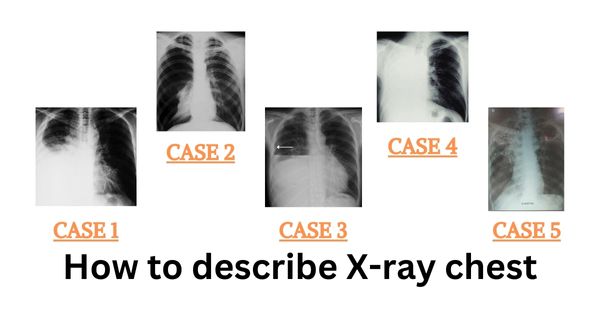Normal CSF FACTS
80% brain parenchyma, 10% cerebrospinal fluid, and 10% blood.
| Average intracranial volume | 1700 ml |
| Average brain volume | 1200-1400 ml |
| The normal color of CSF | Clear, Colorless |
| Average CSF volume | 70-160 ml
(125 ml within the subarachnoid spaces 25 ml within the ventricles) |
| Total CSF Secretion | 400 to 600 ml per day (varies between individuals) |
| Complete CSF renewal | Four to five times per 24-hour period in the average young adult |
| The normal average cerebral blood flow (CBF) in adult humans | 50 ml / ( 100 g min )
(lower values in the white matter [ ∼ 20 ml / ( 100 g min ) ] and greater values in the gray matter [ ∼ 80 ml / ( 100 g min ) |
| Normal CSF protein | 1. Ventricles – 5-15 mg/dl
2. Basal cisterns – 10-25 mg/dl 3. Lumbar cistern – 45-50 mg/dl |
| What are the protein fractions identified in CSF | Alpha1, alpha2, beta1, beta2, gamma globulin, prealbumin, albumin |
| CSF: Osmolality- | 295 mOsm/L
pH: 7.33 PCO2: 45-49 mmHg Bicarbonate: 23 mEq/L
(CSF is iso-osmolar to plasma but more acidic) |
| Normal CSF glucose | 45-80 mg/dl (or 2/3 of blood glucose) |
| Normal cells | 0 – 5 (WBCs)/mm3 |
| After an IV injection of glucose, how many hrs are required to reach CSF equilibrium? | 2-4 hrs |
| Normal CSF opening pressure in: | ADULTS: 10-18 cmH2O
(8-14 mmHg)
CHILDREN: 3-6 cmH2O (2.2 – 4.4 mm Hg) |
| The equation for CSF pressure | venous pressure + (flow x resistance) |
| Increased ICP | >20 cmH2O (>14.71 mmHg) |
| Intracranial hypotension: | <= 5 cmH2O (< 3.6mm Hg) |
| The main contributor to CSF pressure | Venous pressure (and not CSF outflow resistance!) |
| ICP at which the compliance curve begins its steep ascent | Impaired compliance starts above
ICP 33.98 cm H2O (25 mmHg) causing herniation |
| ICP at which CBF diminishes causing loss of consciousness | Loss of consciousness at ICP 54.38- 67.97 cm H2O
(40-50 mmHg) |
| Triad of NPH | Gait ataxia >> dementia >> incontinence |
| Evans index normal | Between 0.20 and 0.25,
An index between 0.25 and 0.30 indicates possible or early ventriculomegaly, While a ratio of >0.30 indicates definite ventriculomegaly. |



